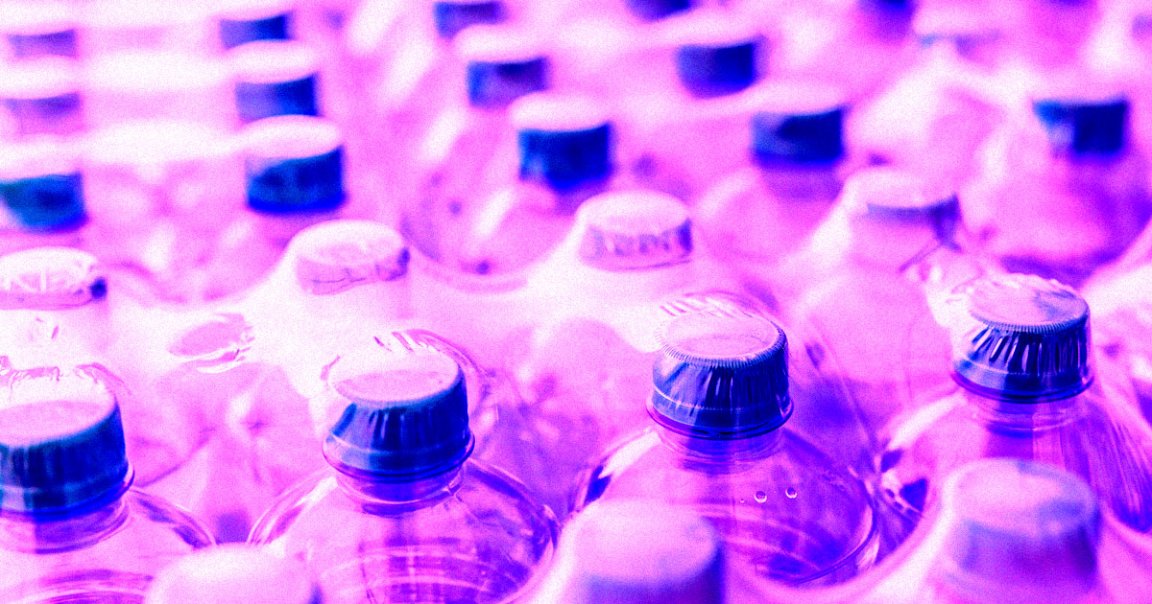
Earlier this week, a disturbing study found that a one-liter water bottle contains hundreds of thousands of “nanoplastic” particles.
They’re so small — measured on a scale down to a billionth of a meter — that they can enter human cells, a possibility that has alarmed scientists.
These tiny compounds, which are significantly smaller than microplastics, “can cross into the blood, and then can cross the different barriers to get into the cells,” as Columbia University’s Beizhan Yan, coauthor of a paper published in the Proceedings of the National Academy of Sciences told The Hill, which could cause them to “malfunction.”
The findings build on a wealth of recent research showing that our planet is increasingly inundated with tiny particles of plastic, from the Marianas Trench to the heights of Mount Everest — not to mention clouds and inside human organs.
Now the bottled water industry has cried foul, claiming it’s totally fine we’re all ingesting these nanoplastics and that the Columbia team’s research is nothing more than fearmongering.
“Media reports about these particles in drinking water do nothing more than unnecessarily scare consumers,” the International Bottled Water Association (IBWA) wrote in a statement.
The association is trying to get consumers to disregard the findings.
“There currently is both a lack of standardized methods and no scientific consensus on the potential health impacts of nano- and microplastic particles,” the statement reads.
In its statement, the IBWA also pointed out that the World Health Organization has previously found that “no adverse health effects could be drawn” due to “minimal scientific research.” The FDA similarly has yet to issue “any regulations concerning these substances in foods and beverages.”
It shouldn’t come as a surprise that the body representing bottled water makers is trying to undercut the latest findings.
Nonetheless, it’s worrying that it’s trying to get consumers to dismiss these concerns instead of taking them seriously.
After all, just because there’s still too little evidence to definitively say that there’s a danger to human health doesn’t mean there’s no danger to human health.
More on nanoplastics: Scientists Find Bottled Water Filled With Hundreds of Thousands of Microplastics